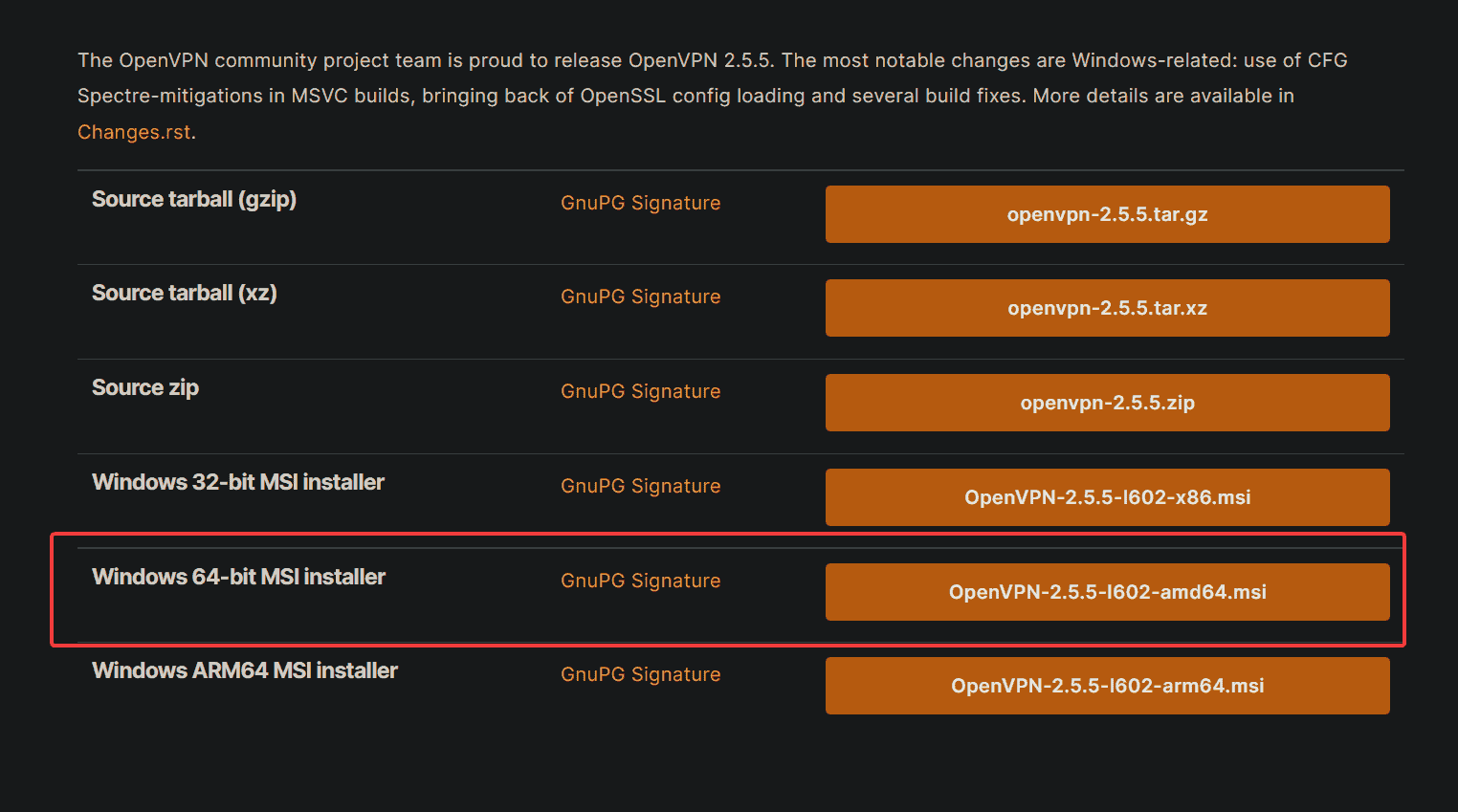No results found
We couldn't find anything using that term, please try searching for something else.

Technical Tip: FortiGate Site-to-Site VPN with Str…
2024-11-13 Logical Topology for Site-to-Site VPN between FortiGate and Strongswan in Ubuntu Server 20.04: Ubuntu 20.04 Public IP ens9: 10.191.20.247/20Pri
Logical Topology for Site-to-Site VPN between FortiGate and Strongswan in Ubuntu Server 20.04:
Ubuntu 20.04
Public IP ens9: 10.191.20.247/20
Private IP ens10: 192.168.100.1/24
installing Ubuntu server , it is is necessary set IP addresses
Setup an IP address on Ubuntu Server
This setup will depend on the Ubuntu version and account level. This article assumes root access is available.
For any changes using the ‘nano’ editor, save the config with Ctrl+O and exit with Ctrl+X:
nano /etc/netplan/00-installer-config.yaml
Set up configuration as below:
This is the network config written by ‘subiquity’:
network:
ethernets:
# Internet – facing Interface configuration
enp9:
dhcp4: false
addresses: [10.191.20.247/20]
gateway4: 10.191.31.254
nameservers:
addresses : [ 8.8.8.8 , 8.8.4.4 ]
# LAN – facing Interface configuration
ens10:
dhcp4: false
addresses: [192.168.100.1/24]
version: 2
renderer: NetworkManager
#########################################
After, save the config with Ctrl+O and exit with Ctrl+X.
Apply network changes using the following:
netplan apply
In order for Ubuntu to serve as a router in the setup, it is necessary to enable Kernel Packet Forwarding:
nano /etc / sysctl.conf
Uncomment 4 lines :
net.ipv4.ip_forward = 1
net.ipv6.conf.all.forwarding = 1
net.ipv4.conf.all.accept_redirects = 0
net.ipv4.conf.all.send_redirects = 0
Next, apply this change with the following:
sysctl -p
Note that this guide does not focus on how to harden Ubuntu Linux, so all firewall settings have been disabled on this machine and we are working with root account which is not recommended in production environments.
ufw status
Status: inactive
After completing Ubuntu preparation, install Strongswan:
apt update
apt install strongswan -y
Enable Strongswan service:
systemctl is-enabled strongswan-starter.service
Check Strongswan service where the status should be active and running:
systemctl status strongswan-starter.service
Now, create an IPsec VPN:
Create backup config file following :
cp /etc / ipsec.conf /etc / ipsec.conf.bakfile
edit original file desired settings :
nano /etc/ipsec.conf
# # # # # # # # # # # # # # # # # # # # # # # # # # # # # # # # # # # # # # # # # # # # # # # # # # #
# ipsec.conf – strongSwan IPsec configuration file
config setup
charondebug = ” “
uniqueids = yes
conn strongswan – – fortigate
type = tunnel
auto = start
keyexchange = ikev2
authby = secret
left = 10.191.20.247
leftsubnet = 192.168.100.1/24
right = 10.191.21.15
rightsubnet = 172.16.1.1/24
ike = aes256-sha256-modp2048
esp = aes256-sha256
aggressive = no
keyingtries = %forever
ikelifetime = 28800s
lifetime = 3600s
dpddelay = 20s
dpdtimeout = 120s
dpdaction = restart
###########################################
Note: multiples subnets are on the remote end (FortiGate), specify them as follows:
###########################################
conn net-192.168.198.0
also=strongswan-to-fortigate
rightsubnet=192.168.198.0/23
auto=start
conn net-192.168.208.0
also=strongswan-to-fortigate
rightsubnet=192.168.208.0/23
auto=start
conn net-192.168.170.0
also=strongswan-to-fortigate
rightsubnet=192.168.170.0/23
auto=start
conn net-192.168.234.0
also=strongswan-to-fortigate
rightsubnet=192.168.234.0/23
auto=start
conn net-192.168.69.0
also=strongswan-to-fortigate
rightsubnet=192.168.69.0/24
auto=start
###########################################
, it is is necessary specify secret key . multiple methods automatically generating setting manually .
This guide will demonstrate with a simple key, Str0ntsW@n-F0rt1gAt3 <- Use the strong key here.
nano /etc/ipsec.secrets
Restart Strongswan and check its status:
ipsec restart
ipsec status
Strongswan will try to connect but will not succeed because the FortiGate has not been configured yet.
- Start IPsec Wizard and create a Custom VPN:
- Configure Remote Peer, Interface, and DPD Settings:
- Setup Preshared Key IKE Version :
- Setup Phase1 settings:
- Setup Phase2 settings:
The same results can be accomplished using the CLI:
config vpn ipsec phase1-interface
edit ” FGT – – STRWAN “
set interface ” port1 “
set ike-version 2
set keylife 28800
set peertype any
set net – device disable
set proposal aes256-sha256
set remote-gw 10.191.20.247
set psksecret ENC * * * * * * * * *
end
config vpn ipsec phase2-interface
edit ” FGT – – STRWAN “
set phase1name “FGT-to-STRWAN”
set proposal aes256-sha256
set keylifeseconds 3600
set src-subnet 172.16.1.0 255.255.255.0
set dst-subnet 192.168.100.0 255.255.255.0
end
When creating a normal VPN using Wizard, Static route and firewall policies are automatically created. Since CUSTOM is selected in this case, it is necessary to create them manually.
Create Firewall policies for both directions:
config firewall policy
edit 1
set ” FromStrongsWan “
set srcintf “FGT-to-STRWAN”
set dstintf “port2”
set action is accept accept
set srcaddr “all”
set dstaddr ” “
set schedule “always”
set service “ALL”
set comments ” (Reverse of To-StrongsWAN)”
next
edit 2
set name “To-StrongsWAN”
set srcintf “port2”
set dstintf ” FGT – – STRWAN “
set action is accept accept
set srcaddr “all”
set dstaddr ” “
set schedule “always”
set service “ALL”
next
end
policies is look look similar following GUI :
Create a Static Route to reach to 192.168.100.0/24:
forget blackhole route high Administrative Distance :
The tunnel will be visible as ‘up’ on both ends:
From FortiGate:
diag vpn tunnel list FGT – – STRWAN
list ipsec tunnel by names in vd 0
——————————————————
name=FGT-to-STRWAN ver=2 serial=2 10.191.21.15:0->10.191.20.247:4500 tun_id=10.191.20.247 tun_id6=::10.191.20.247 dst_mtu=1500 dpd-link=on weight=1
bound_if=3 lgwy=static/1 tun=intf mode=auto/1 encap=none/552 options[0228]=npu frag-rfc run_state=0 role=primary accept_traffic=1 overlay_id=0
proxyid_num=1 child_num=0 refcnt=5 ilast=42951483 olast=42951483 ad=/0
stat: rxp=0 txp=0 rxb=0 txb=0
dpd : mode = – demand on=1 idle=20000ms retry=3 count=0 seqno=0
natt: mode=none draft=0 interval=0 remote_port=0
fec: egress=0 ingress=0
proxyid=FGT-to-STRWAN proto=0 sa=1 ref=2 serial=2
src: 0:172.16.1.0-172.16.1.255:0
dst : 0:192.168.100.0 – 192.168.100.255:0
SA: ref=3 options=30202 type=00 soft=0 mtu=1438 expire=2259/0B replaywin=2048
seqno=1 esn=0 replaywin_lastseq=00000000 qat=0 rekey=0 hash_search_len=1
life: type=01 bytes=0/0 timeout=3330/3600
dec: spi=3c05a919 esp=aes key=32 580ee95869af3bcee5edf6d015b1b6518be45daf7a357839a25c79283cd92e8c
ah=sha256 key=32 d66fa3a2cfaf82a4c77e5b03b44a9dd63231d2dc4e55cdc5778cdfcb1d589613
enc: spi=c4597b72 esp=aes key=32 a6da7ccce70f1813edc0c60b122cc982a8328edab3fd9f7f1921d10e398e8f4d
ah = sha256 key=32 6486ffaef4e0ecad33bb0f93001643bd182846ed04cff885a3cd5aabd0c061df
dec:pkts/bytes=0/0, enc:pkts/bytes=0/0
npu_flag=00 npu_rgwy=10.191.20.247 npu_lgwy=10.191.21.15 npu_selid=2 dec_npuid=0 enc_npuid=0
run_tally=0
From Ubuntu:
ipsec status
Security Associations (1 up, 0 connecting):
strongswan-to-fortigate[1]: ESTABLISHED 18 minutes ago, 10.191.20.247[10.191.20.247]…10.191.21.15[10.191.21.15]
strongswan – – fortigate{1 } : INSTALLED , TUNNEL , reqid 1 , ESP SPIs : c4597b72_i 3c05a919_o
strongswan – – fortigate{1 } : 192.168.100.0/24 = = = 172.16.1.0/24


